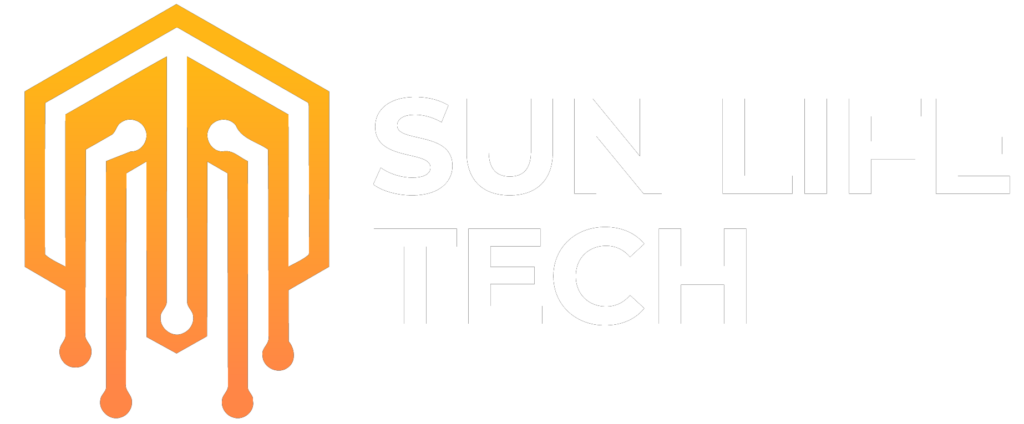Table of Contents
Introduction
Computers are an essential part of our lives, but they can be prone to problems. This guide will help you troubleshoot and fix some of the most common computer problems.
Here are some of the most common computer problems:

- Slow performance. This is one of the most common problems, and it can be caused by a variety of factors, such as a cluttered hard drive, outdated software, or a virus.
- Blue screens. These are error messages that appear on your computer screen and can be caused by a variety of problems, such as hardware failure, driver issues, or software conflicts.
- Viruses and malware. These are harmful programs that can damage your computer and steal your personal information.
- Hardware problems. These can include problems with your hard drive, memory, processor, or other components.
- Software problems. These can include problems with your operating system, drivers, or other software programs.
How to fix common computer problems

The specific solution to a computer problem will vary depending on the cause of the problem. However, there are some general troubleshooting steps that you can follow:
- Restart your computer. This can often fix simple problems.
- Check for updates. Make sure that your operating system and software programs are up to date.
- Scan for viruses and malware. Use a reputable antivirus program to scan your computer for viruses and malware.
- Run a diagnostic test. This can help you identify hardware problems.
- Reinstall software. If a software program is causing problems, you can try reinstalling it.
- Replace hardware. If a hardware component is damaged, you may need to replace it.
Preventative maintenance
The best way to avoid computer problems is to perform preventative maintenance. This includes:
- Keeping your computer clean. Dust and dirt can build up inside your computer and cause problems.
- Backing up your data regularly. This will protect your data in case of a hardware failure or other problem.
- Scanning for viruses and malware regularly. This will help you keep your computer safe from harmful programs.
- Keeping your software up to date. This will help you fix bugs and security vulnerabilities.
When to call a professional
If you are unable to fix a computer problem yourself, you may need to call a professional computer repair technician. A technician will be able to diagnose the problem and fix it properly.
Conclusion
This guide has covered some of the most common computer problems and how to fix them. By following the tips in this guide, you can keep your computer running smoothly and avoid problems.
Additional tips
Here are some additional tips for troubleshooting computer problems:
- Be patient. Troubleshooting computer problems can be time-consuming. Don’t get discouraged if you don’t fix the problem right away.
- Do your research. There is a lot of information available online about computer problems and solutions. Take some time to research the problem before you try to fix it.
- Ask for help. If you are stuck, don’t be afraid to ask for help from a friend, family member, or computer technician.
By following these tips, you can increase your chances of fixing common computer problems yourself.








